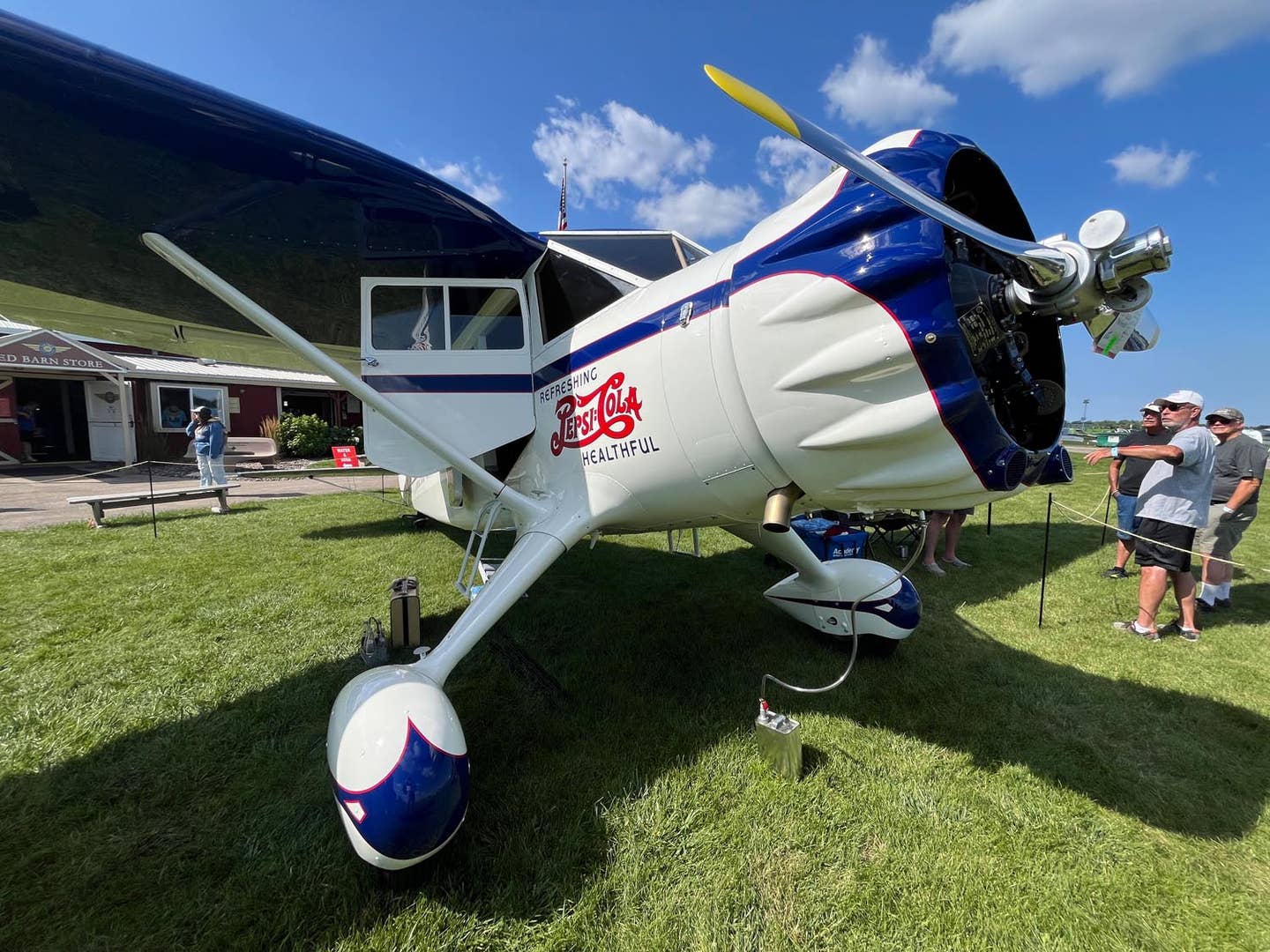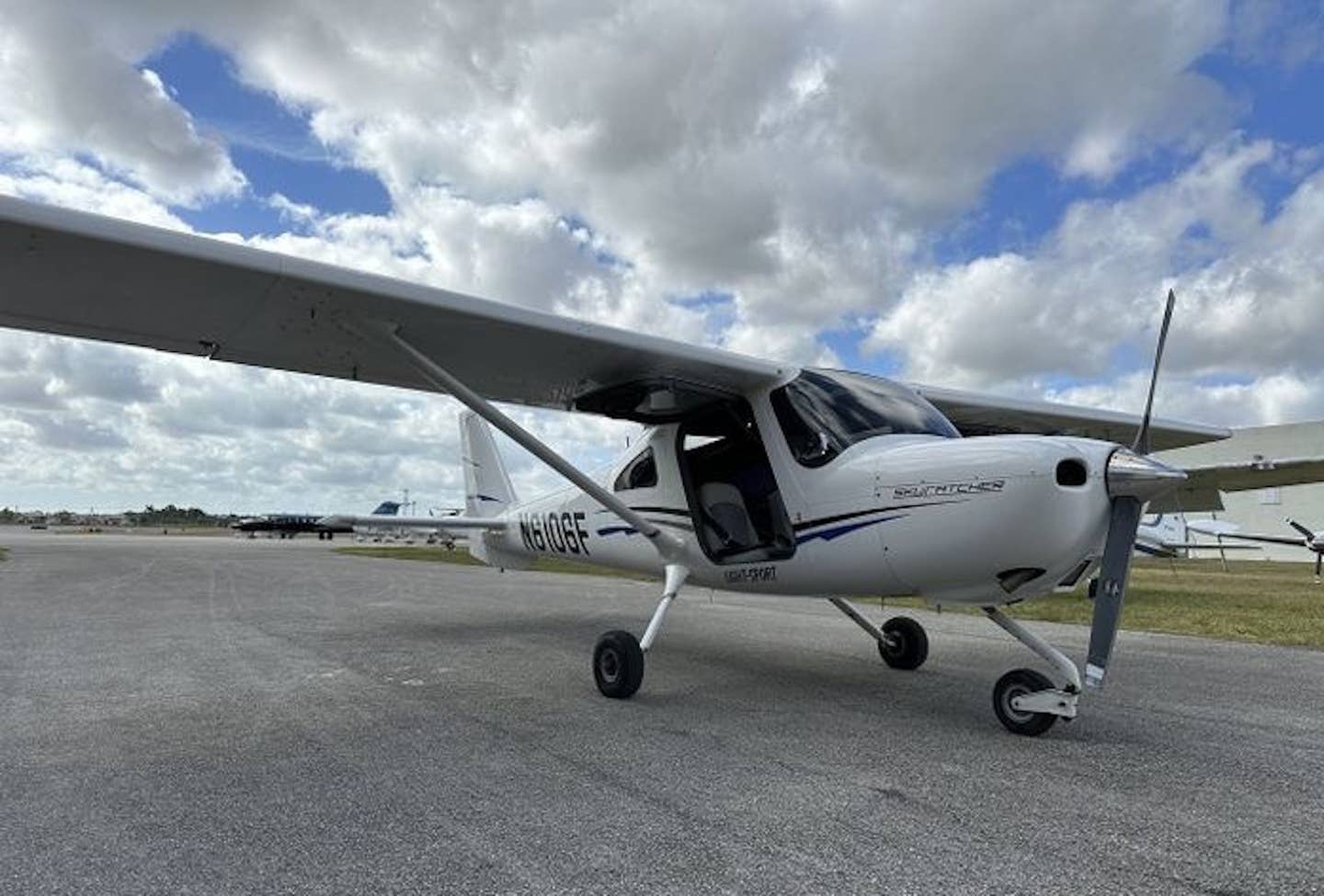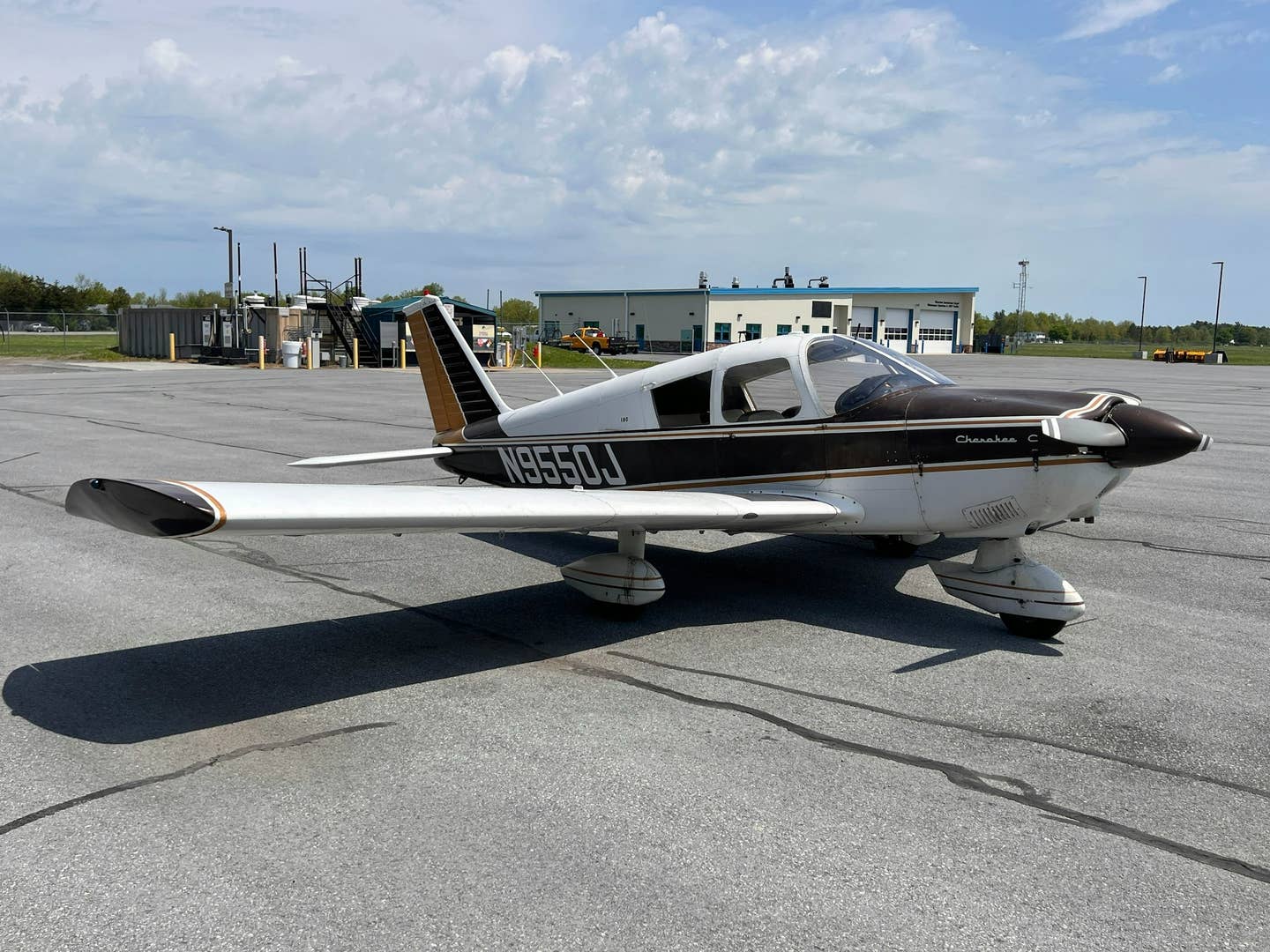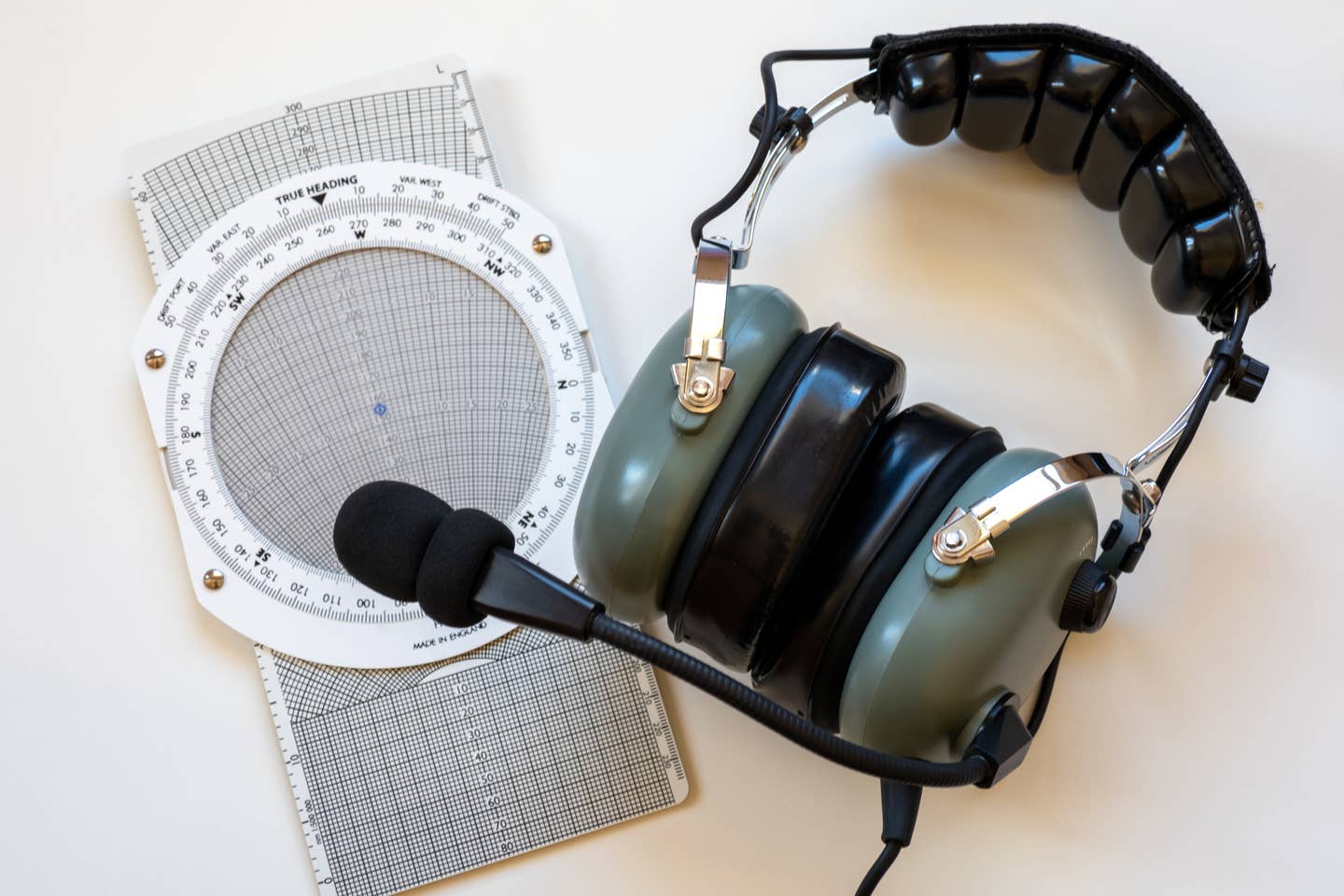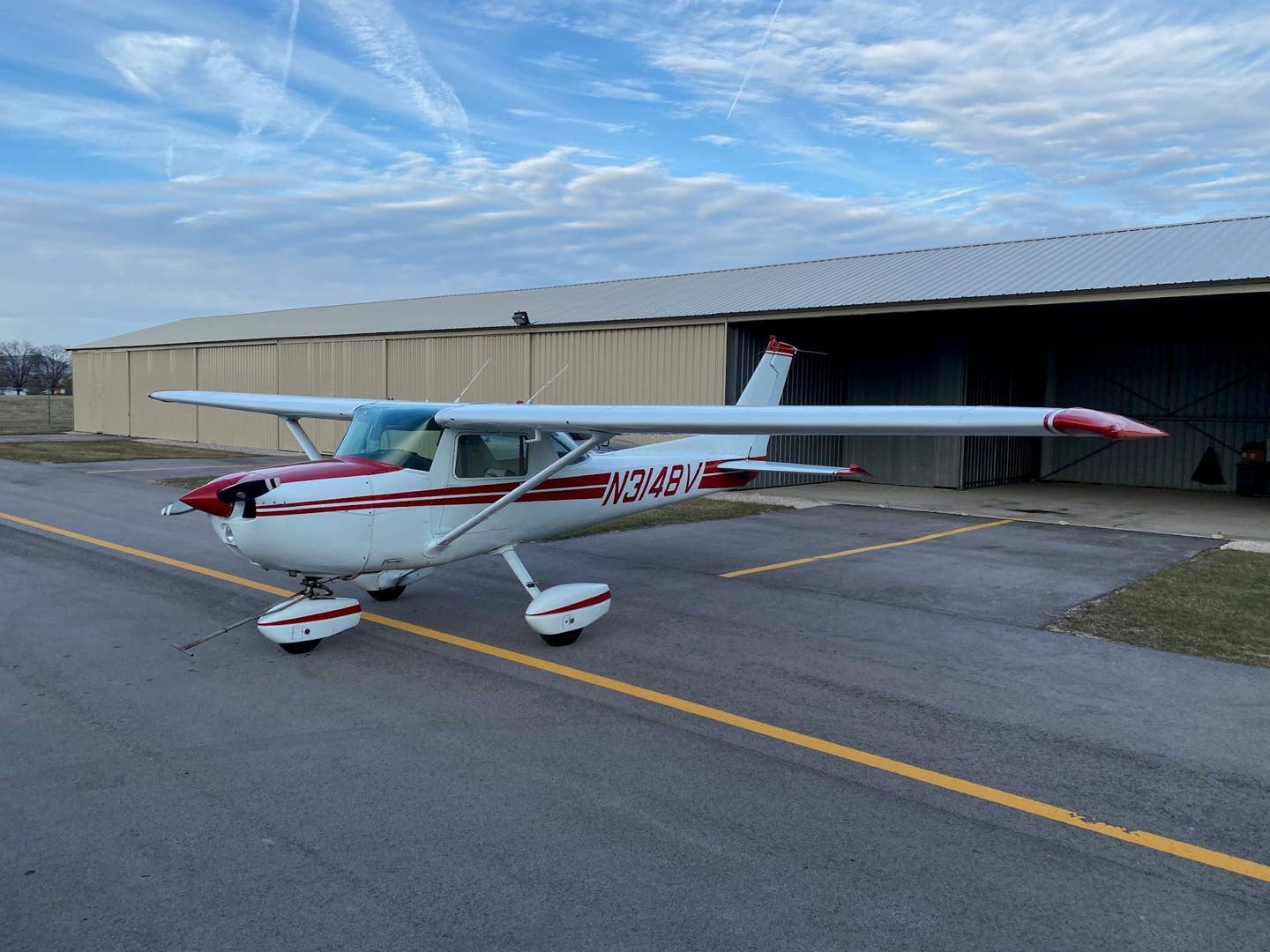Going Direct: Why Flight Sharing Is A Terrible Idea
And why AOPA is right on the money on its stand against it.
Subscribe today to Plane & Pilot magazine for industry news, reviews and much more delivered straight to you!
The gig economy is changing the world, for good and for ill. So why wouldn't it work for private aircraft the same as it would for some guy's Camry?
When you phrase it like that, the question kind of answers itself, right? Because as pilots we know that Toyotas and TBMs are very different kinds of animal. The TBM does better than 300 knots, and the Camry, well, it gets 25 mpg.
The issue has come to the fore after a congressional endorsement of ride-sharing services was shelved because of pressure from AOPA, says flight sharing company Flytenow ("Flytenow being a pun, I just now realized, on "right now." Kinda cute, I'll give them that.)
The issue, according to Flytenow is simply one of how pilots communicate with one another. And if that's the only issue, we've got to agree with them. Right now the FAA deems it legal to advertise for sharing a flight by using a piece of paper, a thumbtack and a bulletin board at your local FBO. What you can't do, oddly enough, is issue that same message via electronic distribution. We agree with Flytenow that it's a silly distinction. It makes it sound as though the FAA is living in the 1950s. End of that commentary.
So here's the scenario. You live in Seattle and you decide you want to go to Portland. (I'll leave it to your Northwesterners to fight it out over whether that's a good idea or not.) But except for you and a bag, you have an otherwise empty airplane. You put a message on the bulletin board (kind of a hassle when you think about it): "Going to Portland (PDX) tomorrow. Have room in my Piper Arrow for another one or two people. Call 555-555-5555 (that number is fake, by the way). And you return home and wait for a reply. Which never comes. Because not even three people look at that bulletin board.
The alternative is to use an electronic clearinghouse for people looking to share rides. Once people get used to that idea, well, it's kind of cool to think you could hop a ride down to Portland just for the pro-rated share of the gas money. Well, that's where things get tricky. Unless you're a certificated charter company, you can't charge for the flight, only share costs (And, please, I know it's more complicated than that but that discussion will miss the point.) So if gas winds up costing $250 bucks for the flight down, which is about 150 miles as the crow flies, that would be roughly 80 minutes of flying in the Arrow, which say burns 10 gallons an hour of $5 fuel, so roughly $75 dollars for fuel, split in half equals $37.50. Seattle to Portland for less than $40? Who's not going to take that deal? You can add a couple of other fees in there, the rental fee, if it's a rental, the tie down at the destination, of course, and part of the oil consumed. But the cost to the pilot in a full flight would be minimal.
Maybe the bigger question is, who's going to want to fly that flight, and there are two kinds of pilots who would, those who need to go to Portland anyway (to try out the coffee in that town?) and people looking to build time. The latter group is a real concern. Will these pilots, probably mostly young people looking for that magical 1500 hour number when you can get hired by the airlines, be in essence offering really cheap charter for the time building? I think this conclusion is unavoidable. And let me add that if the Arrow's seats get filled, which you can do on such a short flight, then the pilot's cost goes down even more.
But the larger concern behind flight sharing companies isn't really how the word is spread but how the risk is addressed. The bulletin board limitation makes sense if you think the FAA might want to limit the scope of such flight sharing without changing its rules otherwise.
Who's the bad actor in this whole affair? According to Flytenow in its online blog it's AOPA that's siding with big business, and "ignoring the interests of their own members, and departing from Europe's GA success story." In much of Europe flight sharing is allowed. Flytenow says it's been done without any loss in safety. We're skeptical of all of that.
Would a thriving aviation gig economy impact charter providers? Probably to some degree, but remember that most charter is done in airplanes that are too costly to operate to make sense to use for flight sharing to begin with.
In our view, the issue Flytenow raises is a red herring. AOPA doesn't care, it says, and we think they're being honest, how pilots communicate with each other, and it suggests in its official statement that Flytenow is conveniently ignoring another stipulation of the FAA's cost sharing rules, that you need to be going somewhere with a common purpose. If you're flight-sharing friends (customers?) are going to a wedding, you need to go to a wedding. In fact, some interpretations would read that you need to be going to the same wedding.
Though it chooses its words carefully, AOPA is essentially saying that it's concerned that widespread flight sharing will result in tragic accidents and put general aviation in the kind of spotlight it doesn't need to be in, right now or ever. We agree.
Here's AOPA's response to Flytenow's blog: "In order for this public transportation activity to be enabled, similar to other operations that transport passengers for compensation, we believe it must be done with safety parameters at the forefront, with pilot and aircraft standards in place to properly manage risk. If, however, that risk is not managed, the reaction and ramifications could do real harm to general aviation."
Yup. Flight sharing sounds fine in general, and it will sound even more fine to the general public, who will not be able to distinguish between charter and the Uber of the air (a phrase FlyteNow seems to hate, by the way). A big part of our concern should be protecting folks who can't tell the difference between Part 91 flight sharing and a California Condor.
We agree with AOPA that creating a gig economy around privately owned and operated light aircraft is a huge safety risk we'd all be well advised to avoid.

Subscribe to Our Newsletter
Get the latest Plane & Pilot Magazine stories delivered directly to your inbox


